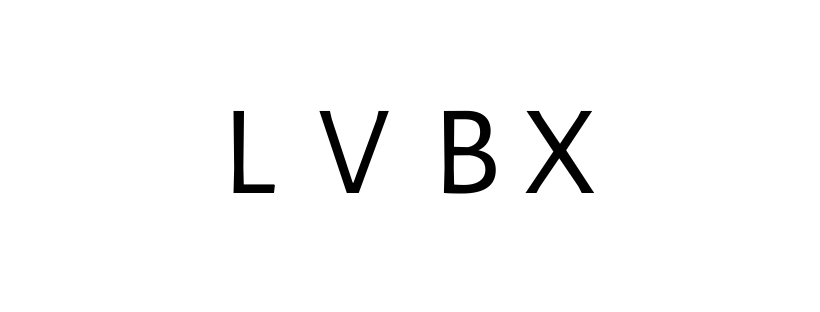
A-list celebs swear by them and dermatologists consistently recommend them. Let’s face it – lasers are worth knowing about! But unless you consider yourself beauty-obsessed and keep up with the latest and greatest skin care treatments, you may not know much about them and we don’t blame you. They go by countless names and serve many different purposes, but at the end of the day each laser can be broken down into a type-category, with slight details that differentiate them from one another.
We’re not going to let the overwhelm prevent you from considering one of these powerful treatments. To help guide you along your educational laser skincare journey, here’s a crash course in what they are and why you should ask your dermatologist for a laser recommendation during your next visit.
(Listed in order of intensity)
Pulsed-Dye Lasers – a.k.a. “Vbeam”
Treats: Rosacea, broken capillaries, fine lines, scarring, angiomas and stretch marks
What’s happening: This non-ablative laser treats the skin by targeting pigments which absorb energy from the laser –all without damaging or removing the surface layer. Often done in a series, you can expect dramatic results to occur over time. Downtime is typically less than a day and skin may feel similar to a mild sunburn after a treatment.
IPL Lasers a.k.a. “Forever Young BBL”, “Photorejuvenation” and “Photofacials”
Treats: Sun spots, wrinkles, rosacea, freckles, hyper-pigmentation, broken capillaries, spider veins, acne
What’s happening: IPL, or intense pulsed light, is intended to erase imperfections while stimulating collagen with heat to tighten the deepest layers of skin. Discolored areas of skin will darken temporarily and then peel off in a couple of days, revealing the healthier-looking skin lying underneath. Downtime is minimal.
Non-ablative Fractional Lasers – a.k.a. “Fraxel”
Treats: Age-related blemishes and wrinkles like crow’s feet, age spots and melasma
What’s happening: A must-have treatment in our book. The Fraxel laser breaks up energy into thousands of tiny beams to treat only a fraction of the skin in the area, which reduces downtime and promotes rapid healing. This laser beam goes deeper into the skin to remodel collagen and treat wrinkles all while resurfacing the skin. Old, damaged skin cells are replaced, revealing tighter skin, improved tone and a brighter complexion.
Ablative Fractional Lasers – a.k.a. “CO2 Laser”
Treats: Deeper skin flaws like moderate to severe wrinkles, age spots, acne scars, uneven skin tone and sun-damage
What’s happening: Damaged or aged skin is literally ablated (vaporized) during a CO2 treatment. After the outer layer is removed, the deeper layer of the skin is heated, which stimulates collagen production. Skin can be dramatically smoother and tighter following the procedure. The deeper the penetration, the more significant the result, and the more downtime. Considered one of the more intense laser treatments, a CO2 laser is guaranteed to erase years of damage in just a few days.
 Supriya Tomar, MD, is a board certified and fellowship trained dermatologist. Dr. Tomar is a fellow of American Academy of Dermatology, American College of Mohs Surgery, American Society of Dermatologic Surgery and American Society of Laser Medicine and Surgery. She is among the busiest injectors and is recipient of the platinum award from Allergan, Medicis and Reliant technologies.
Supriya Tomar, MD, is a board certified and fellowship trained dermatologist. Dr. Tomar is a fellow of American Academy of Dermatology, American College of Mohs Surgery, American Society of Dermatologic Surgery and American Society of Laser Medicine and Surgery. She is among the busiest injectors and is recipient of the platinum award from Allergan, Medicis and Reliant technologies.


